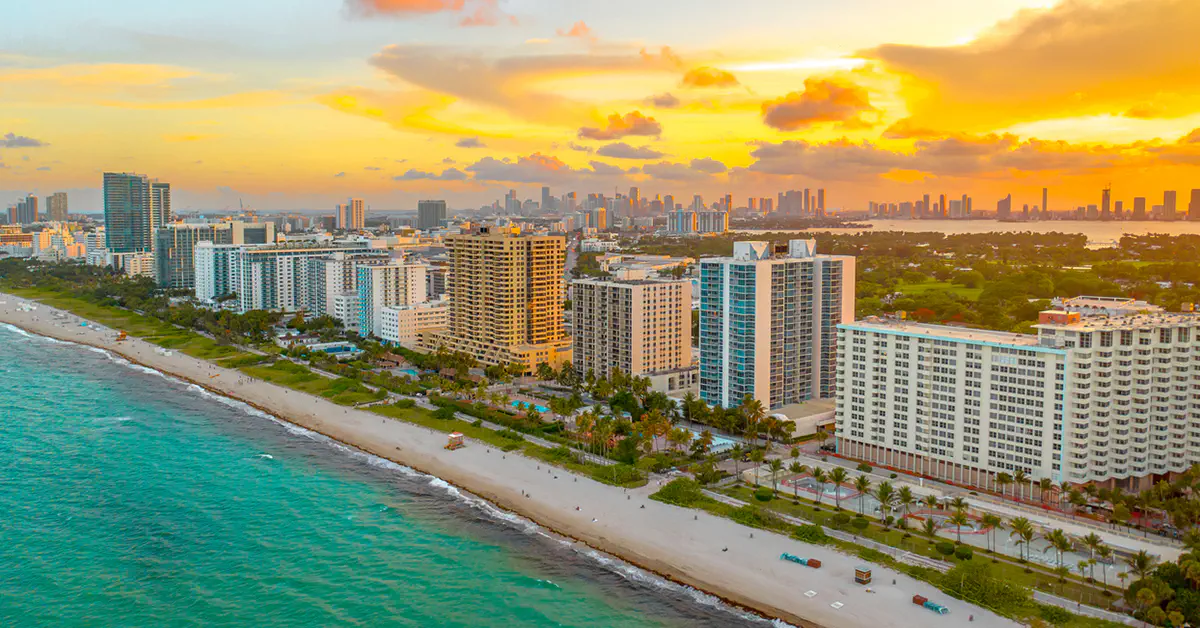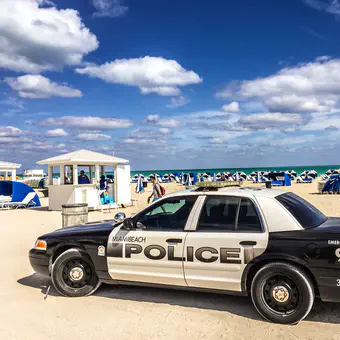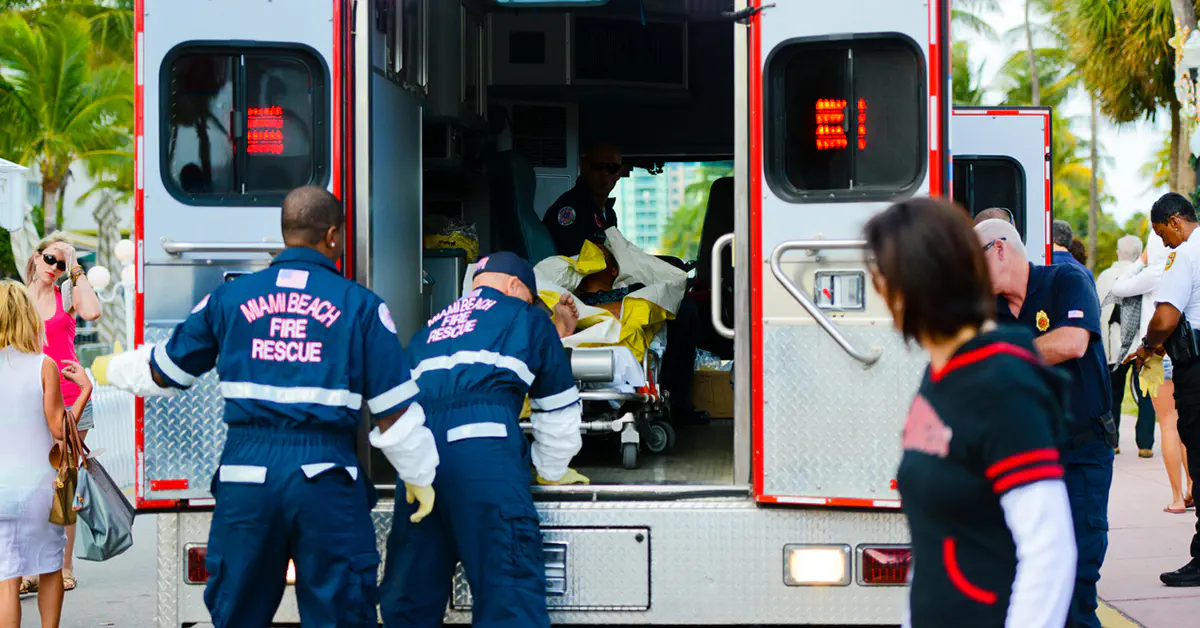Florida Drug Addiction and Drug Rehab

Historically, Florida has experienced rates of drug abuse and the need for treatment slightly below or approximately equal to the national average. Based on the most recent statistics available from the Substance Abuse and Mental Health Services Administration, 136,000 young adults need help for drug addiction and 150,000 need drug rehab for alcohol addiction.1
Far more young adults are marijuana users. In 2019, 2.7 million Floridians aged 12 or older had used the drug in the past year. More than 200,000 individuals needed drug rehab because of their marijuana use.
Florida also has drug courts that can help some people avoid incarceration. By participating in a drug rehab program and meeting certain milestones set by the court, individuals can not only avoid jail but maintain or regain custody of their children.
Overall, nearly 20% of adult Floridians drink heavily or binge drink, but that figure varies greatly by county. Numbers are a little higher along the Gulf Coast from Pinellas County to Lee County. Numbers are also higher in the northeast section of the state and in parts of the Panhandle.2
Drug Rehab Facilities in Florida
There are more than 700 drug rehab facilities in the state. Nearly 300 are non-profit and the remainder are for-profit. In addition to these, there are countless support groups, church and Twelve Step meetings available to Floridians. Only three states have more drug rehabilitation facilities than Florida.
A person looking for drug rehab can choose from several different levels of care.
-
Detox: A medically-supervised program that supports and monitors a person who is coming off addictive substances. Often vital for those detoxing from alcohol, benzodiazepines or other drugs. This is not really drug rehab as there are no services to help a person adapt to a new, sober life.
-
Outpatient: A person lives on their own but attends regular appointments with treatment staff.
-
Intensive outpatient: More intensive than regular outpatient, with several hours spent attending meetings or therapy sessions with staff.
-
Hospital inpatient: Normally only for those with mental or medical complications.
-
Residential drug rehab: A person lives at the facility and has around-the-clock supervision. This can help a person break from patterns and people that kept their addiction active. When residential drug rehab includes both counseling and life skills training, a person has their best chance of launching a new, sober life.
-
Therapeutic community: A person living in a therapeutic community is expected to help maintain the community and support others in recovery. People in a therapeutic community often stay one or two years.
Florida Is a Drug Trafficking Crossroads
Florida is under assault by drug traffickers of every type, including Mexican drug cartels, Dominican traffickers, South American traffickers, local methamphetamine manufacturers, local gangs and Asian pharmaceutical companies. It’s understandable that Florida would be a target, since this is the third most populous state in the nation. And while Texas is number two on this list, someone moving drugs through Florida does not have to deal with the extreme distances between populated points like those that exist in that border state.

Florida has enough drugs flowing through it that it warrants three High-Intensity Drug Trafficking Areas to coordinate and manage interdiction activities: North Florida, Central Florida and South Florida.
Due to its presence in the Gulf of Mexico, drug traffickers from South America and the Caribbean move their drugs by boat, Mexican traffickers drive them along Interstate 10 from the U.S.-Mexico border and Asian traffickers use package delivery services to send their products into the state.
As has happened in the rest of the United States, fentanyl is now the top threat to life in the state. However, methamphetamine is now in second place, having replaced cocaine. Meth is cheap to make which makes it a popular drug for both traffickers and users. Most of these three drugs are driven to Florida from Mexico.3
In South Florida, however, cocaine is the most readily available drug, as has been true for many years. Trafficking of both cocaine and methamphetamine have been on the increase for the last several years. In Northern Florida, methamphetamine takes the number one spot for threats to safety and life.
High potency marijuana products such as wax, honey butane oil and shatter pose a serious threat to Floridians and there are increasing supplies of these drugs.
Emergency Care for Florida’s Drug Users
One of the stories of Florida’s drug use, overdose and whether or not a person lives or dies is told through the statistics gathered by the state’s Emergency Medical Services Tracking and Reporting System. According to this service, emergency services treated 23,124 people suffering from drug overdoses in 2020.4

Despite this rapid support, nearly 7,500 Floridians still died from drug overdoses.5 In an effort to save these lives, 455,000 doses of the opioid antidote naloxone have been distributed to first responders in Florida which is a measure of the need for intervention in the lives of those who are addicted.
Achieving Lasting Sobriety at a Florida Drug Rehab
If someone you care about is seeking drug rehab in Florida, make your choice with care. Perhaps the most important point to check before making this choice is to ask about the number of people who have remained sober after completing that program. If possible, ask if you can speak to one or two families that sent a loved one to that drug rehab, or the graduates themselves.
Ensure that the program you choose has steps that seem sensible to you. If you can visit the drug rehab and gain your own impression of the facility and the staff, that is even better.
Sources:
-
SAMHSA. “Behavioral Health Barometer: Florida, Volume 6.” Substance Abuse and Mental Health Services Administration, 2020. SAMHSA Publication ↩︎
-
Florida Health. “Substance Use Dashboard.” Florida Department of Health, 2021. Florida Health. ↩︎
-
ONDCP. “High-Intensity Drug Trafficking Areas Program 2021 Report to Congress.” Office of National Drug Control Policy, 2021. ONDCP Publication ↩︎
-
EMSTAR. “Helping Emergency Responders Obtain Support (HEROS) Program.” Emergency Medical Services Tracking and Reporting System, 2022. EMSTAR. ↩︎
-
CCD. “Provisional Drug Overdose Death Counts.” CDC, 2022. CDC. ↩︎
